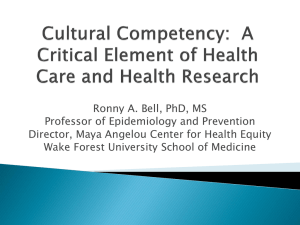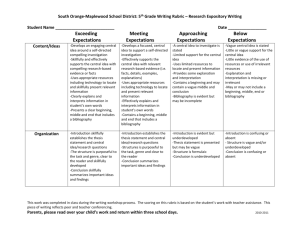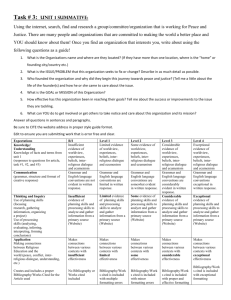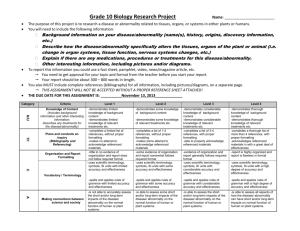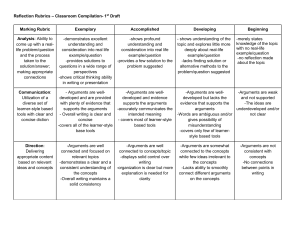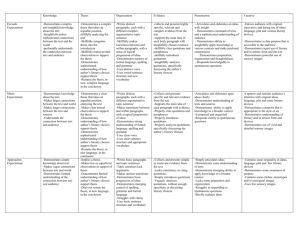Task 1 Why study WR
advertisement
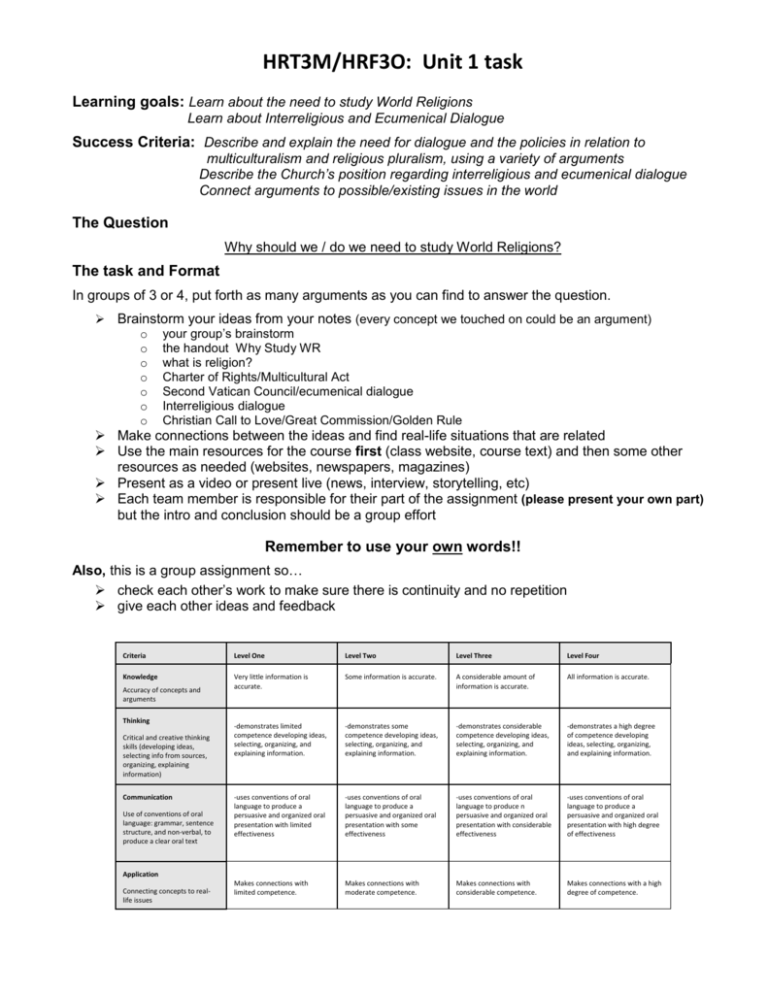
HRT3M/HRF3O: Unit 1 task Learning goals: Learn about the need to study World Religions Learn about Interreligious and Ecumenical Dialogue Success Criteria: Describe and explain the need for dialogue and the policies in relation to multiculturalism and religious pluralism, using a variety of arguments Describe the Church’s position regarding interreligious and ecumenical dialogue Connect arguments to possible/existing issues in the world The Question Why should we / do we need to study World Religions? The task and Format In groups of 3 or 4, put forth as many arguments as you can find to answer the question. Brainstorm your ideas from your notes (every concept we touched on could be an argument) o o o o o o o your group’s brainstorm the handout Why Study WR what is religion? Charter of Rights/Multicultural Act Second Vatican Council/ecumenical dialogue Interreligious dialogue Christian Call to Love/Great Commission/Golden Rule Make connections between the ideas and find real-life situations that are related Use the main resources for the course first (class website, course text) and then some other resources as needed (websites, newspapers, magazines) Present as a video or present live (news, interview, storytelling, etc) Each team member is responsible for their part of the assignment (please present your own part) but the intro and conclusion should be a group effort Remember to use your own words!! Also, this is a group assignment so… check each other’s work to make sure there is continuity and no repetition give each other ideas and feedback Criteria Level One Level Two Level Three Level Four Knowledge Very little information is accurate. Some information is accurate. A considerable amount of information is accurate. All information is accurate. -demonstrates limited competence developing ideas, selecting, organizing, and explaining information. -demonstrates some competence developing ideas, selecting, organizing, and explaining information. -demonstrates considerable competence developing ideas, selecting, organizing, and explaining information. -demonstrates a high degree of competence developing ideas, selecting, organizing, and explaining information. -uses conventions of oral language to produce a persuasive and organized oral presentation with limited effectiveness -uses conventions of oral language to produce a persuasive and organized oral presentation with some effectiveness -uses conventions of oral language to produce n persuasive and organized oral presentation with considerable effectiveness -uses conventions of oral language to produce a persuasive and organized oral presentation with high degree of effectiveness Makes connections with limited competence. Makes connections with moderate competence. Makes connections with considerable competence. Makes connections with a high degree of competence. Accuracy of concepts and arguments Thinking Critical and creative thinking skills (developing ideas, selecting info from sources, organizing, explaining information) Communication Use of conventions of oral language: grammar, sentence structure, and non-verbal, to produce a clear oral text Application Connecting concepts to reallife issues

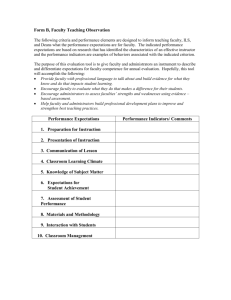
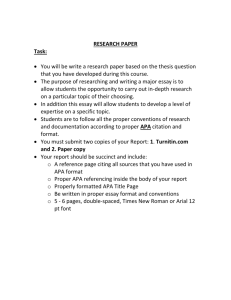
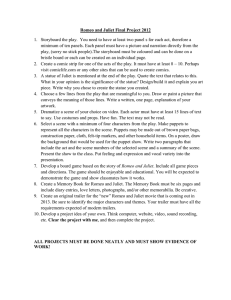




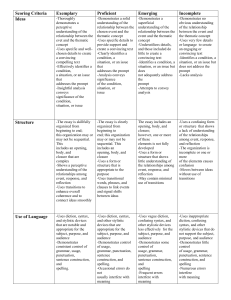
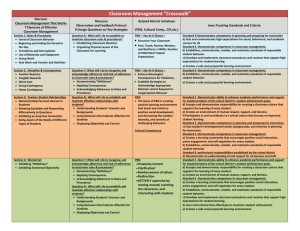
![Presentation 1 []](http://s2.studylib.net/store/data/005545985_1-90a84121db86688a94c7d4f16c3786e8-300x300.png)
